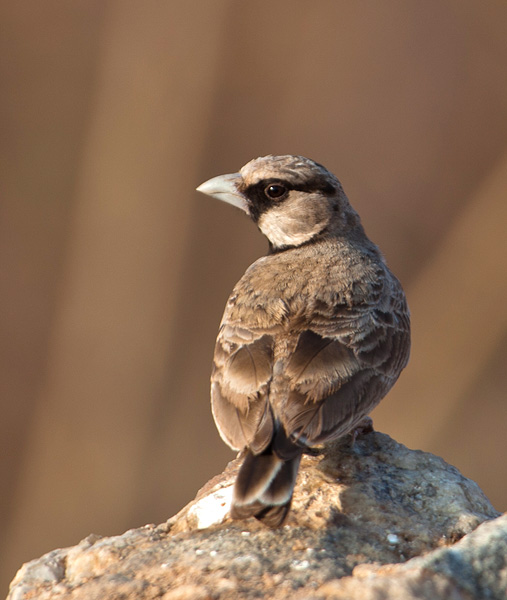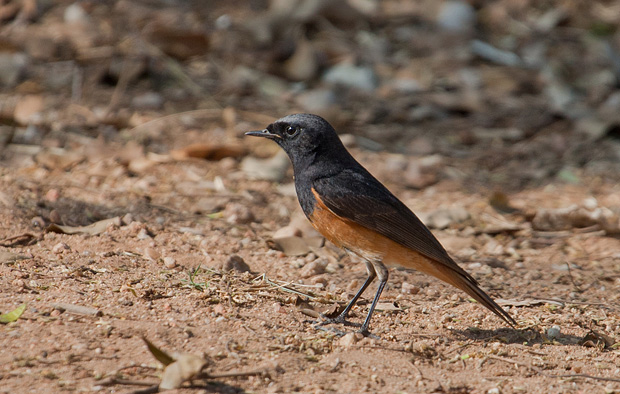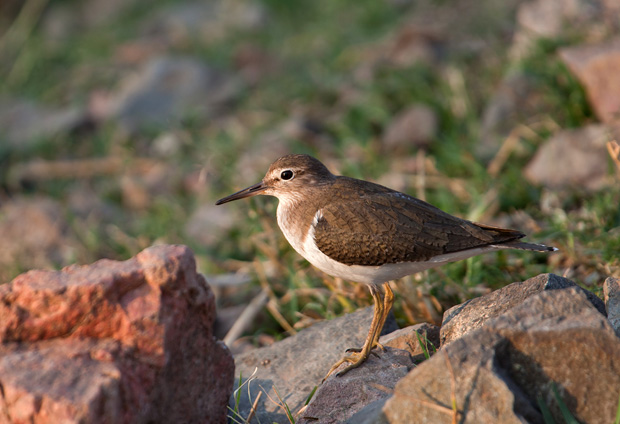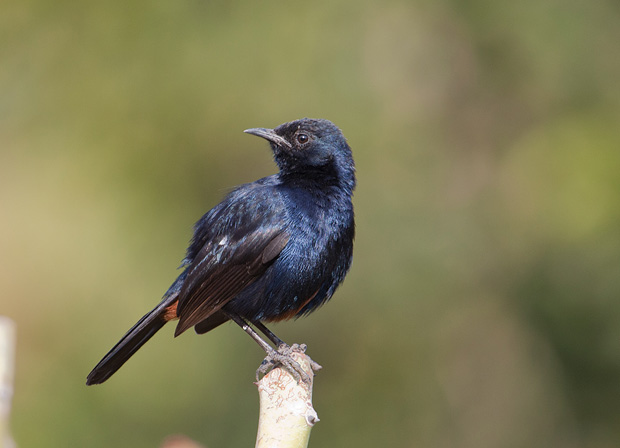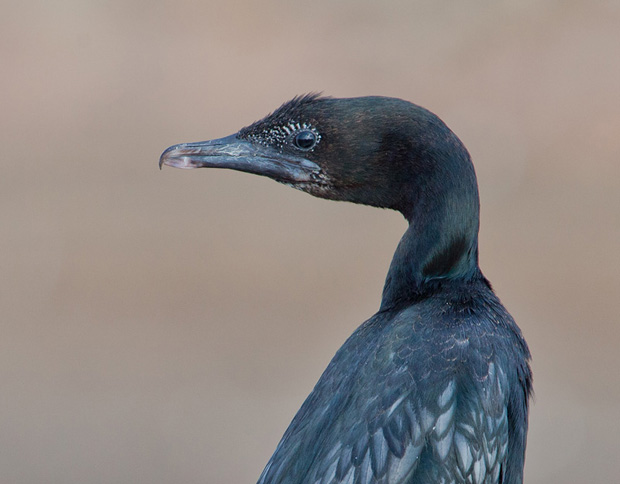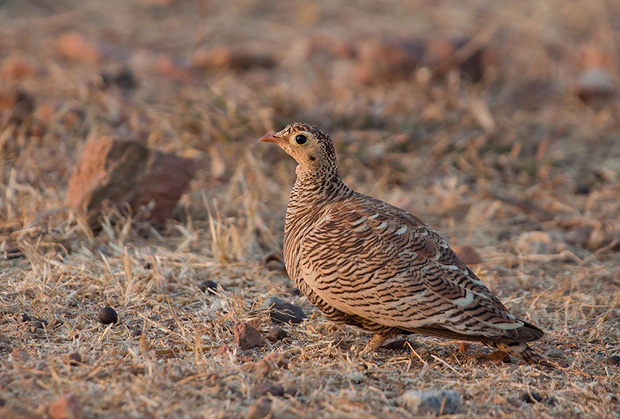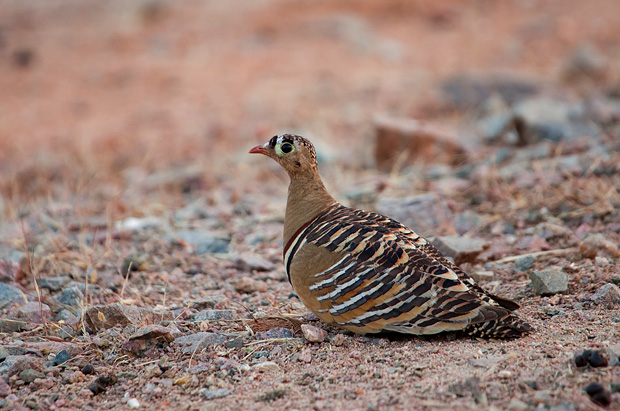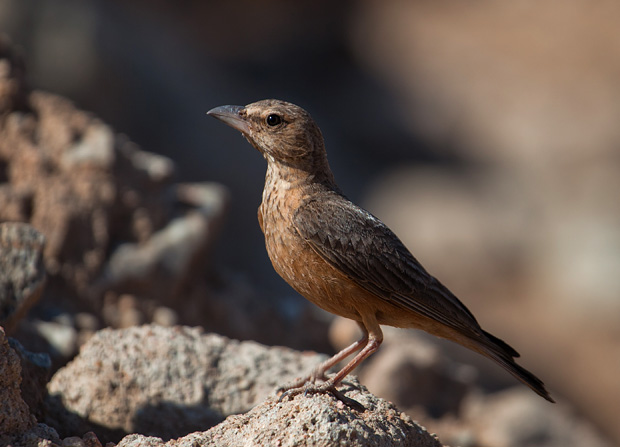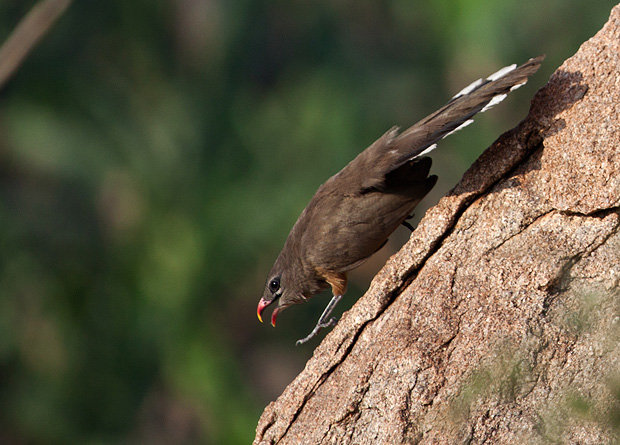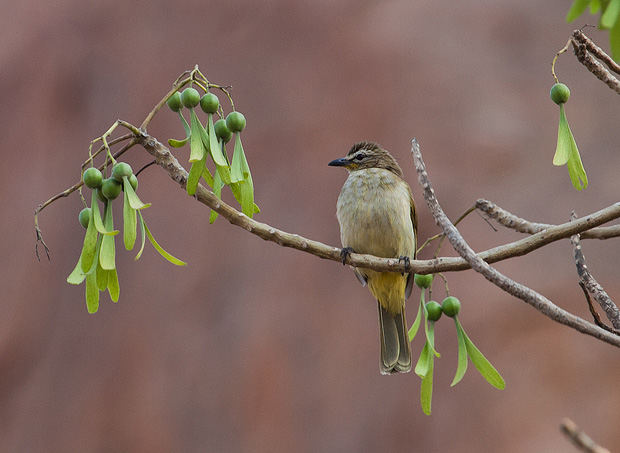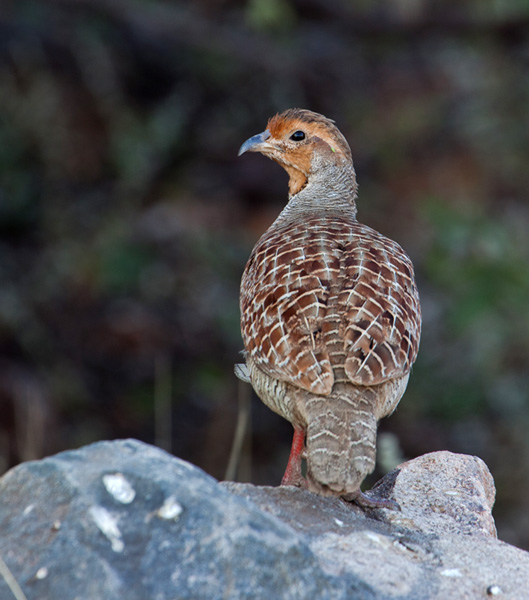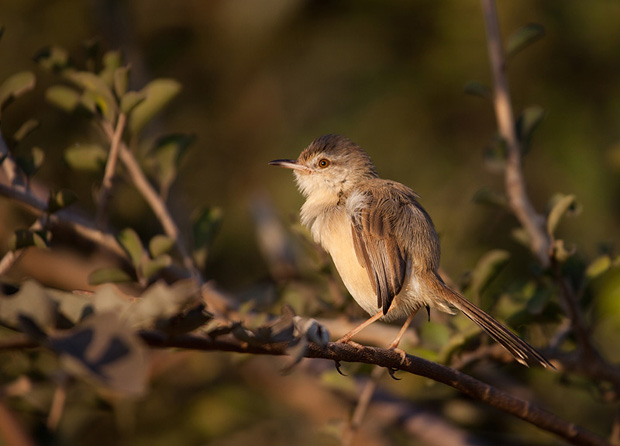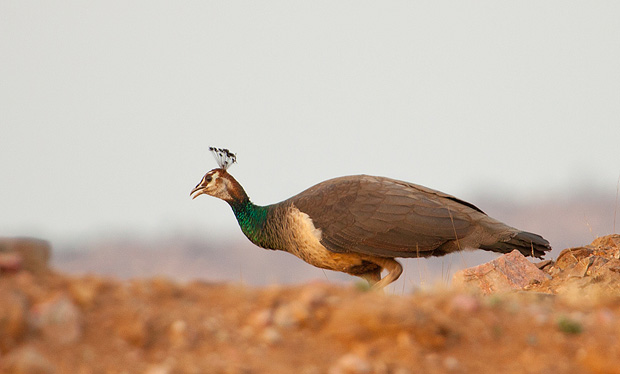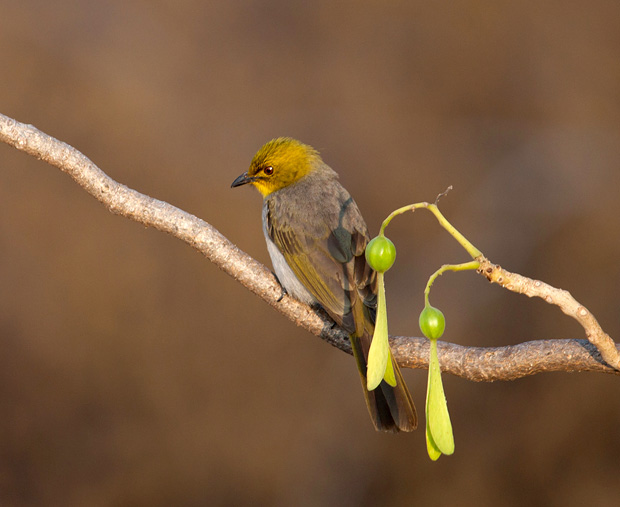Also see: A closer look at bird life in Bharatpur
+ Laughing Dove
+ Rose Ringed Parakeets
+ Butterflies
+ Common Kingfisher
+ Indian Flap Shell Turtles
+ Birds in the Marshes
+ Nilgai
This article appeared in January issue of Harmony magazine.
The small road that cuts through Keoladeo National Park is like a great, open-air aviary, where a medley of bird calls and sudden flashes of colour in the foliage keep you riveted to the spot for hours on end. There’s a mind-boggling variety of migratory birds at this sanctuary in Rajasthan, where I encountered nearly a hundred species living and breeding happily within a 30-sq km, protected area. They had arrived from every part of the world, trusting the safety of the marshland and jungles. And as if to return the favour, they put on a spectacular show for visitors, day after amazing day. The park is so densely populated that no matter where I stood, there were at least half-a-dozen species preening and calling out.
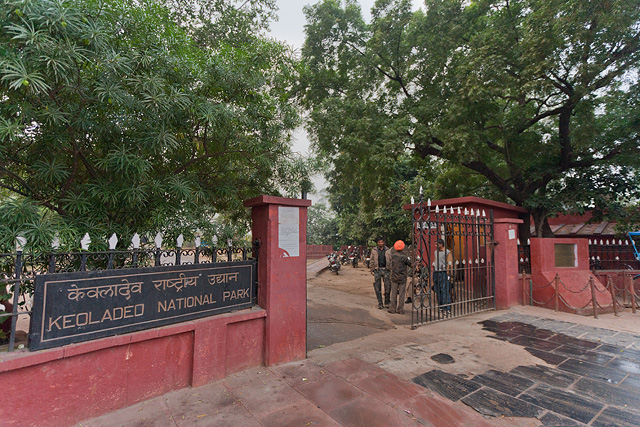
Entrance to Keoladeo National Park
It’s one of history’s ironies that the origin of this national park has nothing to do with protecting birds. More than a century ago, the Maharaja of Bharatpur created these wetlands by damming Gambhir River and diverting its waters to a natural depression. The marshy area thus created began to attract ducks and cranes, which arrived in the winter months. What is a beautiful sanctuary today was thus a protected hunting site, which hosted shooting parties for Indian and British royalty!
This hunting reserve was declared a bird sanctuary in 1956 and named after the Keoladeo Temple located within its boundaries. The sanctuary, with more than 300 species of birds, many of them critically endangered, was later declared a national park and a UNESCO World Heritage Site.
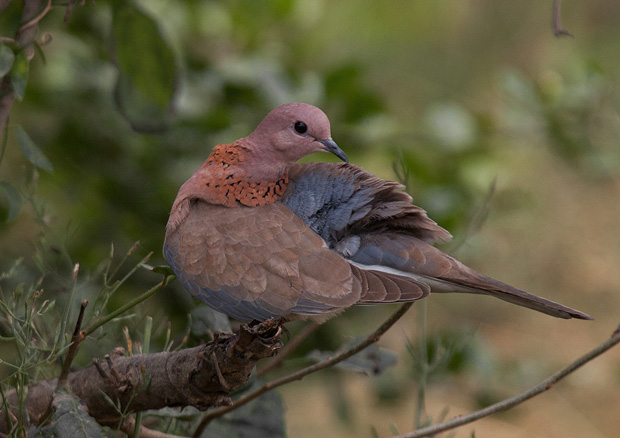
A laughing Dove
On a misty winter morning, I was welcomed by the calls of jungle babblers and Brahminy mynahs that hopped from branch to branch along the trees at the edge of the park. I had barely taken a few steps inside when I spotted a peahen escorting a bunch of young ones foraging on the ground. They quickly disappeared into a bush when the mother saw me watching them and alerted her flock. A minute later, a laughing dove was posing for me gracefully from atop a bush. This was no laughing matter as it silently kept a careful eye on me. But I spotted many of its kind deeper in the jungle, ‘laughing’ in unison at my disappointment.
In my first hour inside the park, I saw only smaller birds commonly found in the Gangetic plains, like rose-ringed parakeets and a variety of shrikes. Parakeets love to chatter and they squawked like there was no tomorrow! Every inch of Bharatpur’s shrub is filled with their raucous calls and yet their green blends so seamlessly with the vegetation that it’s hard to spot them in the trees.
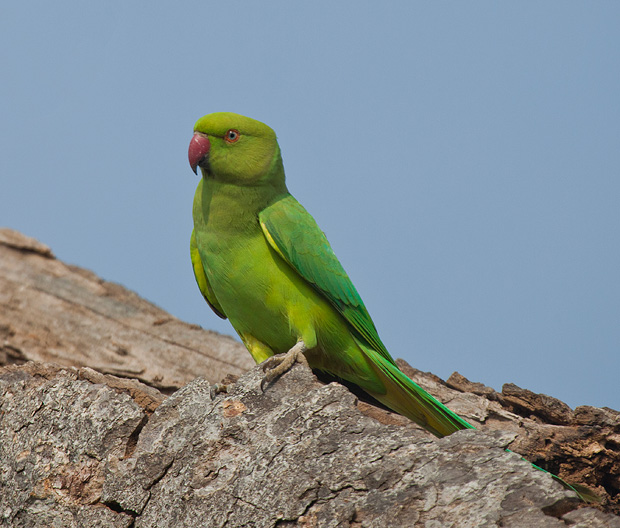
Rose Ringed Parakeet
As I walked further down this great birding highway, birds that were less common were kind enough to make an appearance. The only pair of black-necked storks nesting in the park was feeding happily in knee-deep waters at the edge of the road, showing off shiny blue necks.
After a few days of wandering around the sanctuary, I spotted a fine pair of critically endangered sarus cranes—perhaps the largest of the birds in the park—known to stand almost as tall as a human adult. As I kept watching them, the pair delighted me with a fine display of their courtship dance, jumping up and calling with a loud trumpeting sound. Watching this happy couple alone made my visit to the park rewarding.
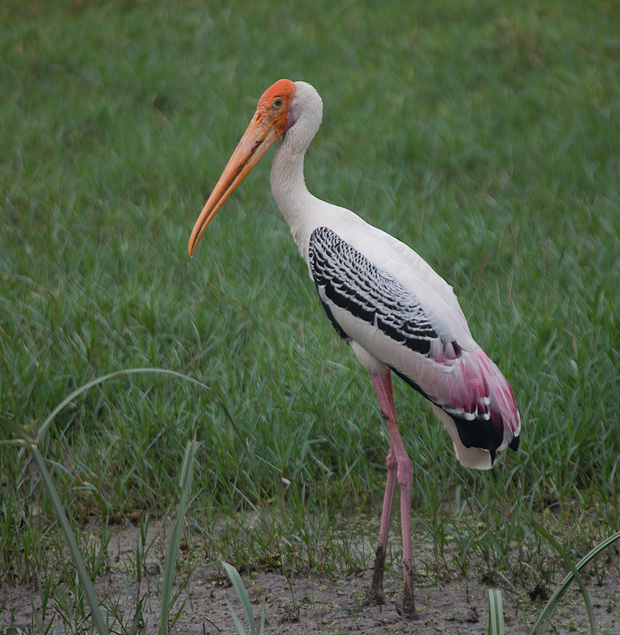
A painted stork
The marshy terrain makes the Keoladeo an ideal habitat for large herons, which need plenty of space and isolation to breed. These large birds were nesting on trees scattered across the swamp. There was a fairly large population of painted storks that stood out with their colourful pink-and-black plumage. Grey herons, with their long necks, were everywhere. Standing absolutely still in knee-deep water, they would suddenly stab at fish with their needle-like, long beaks.
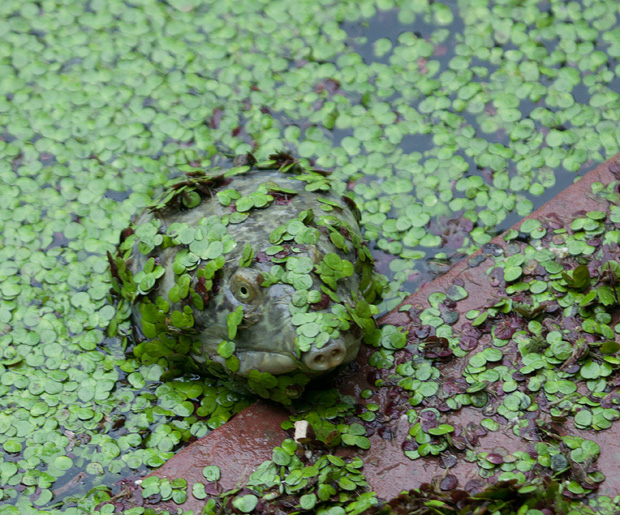
Indian Flap Shell Turtle
There is more to Keoladeo National Park than this massive congregation of birds. The large water body makes it an ideal habitat for flap-shell turtles gently swimming just below the surface. I repeatedly spotted dark, dome-like objects moving slowly in the water for two full days but never once had a face-to-face encounter with the owners of these shells.
It was a full three days later that I found an easy way to get a good look at them, thanks to the generosity of Seetaram Baba. Baba lives at the Hanuman Temple in a corner of the park. He had been feeding the turtles for many years and they now respond to his calls.
One evening, Baba took a vessel filled with dough to the water’s edge. As we watched, standing on the steps leading to the pond, he started calling them, “Aa…aa…aaa.” Within seconds, I saw something stir in the water. Then, a small snout and two tiny eyes popped out near the steps. This was soon followed by another one and another one, all of them emerging with characteristic, turtle-like sluggishness. They fed on the wheat balls slowly and cautiously, coming out of the water only for an instant to gulp the food before disappearing again. They looked gentle and harmless but Baba told me they can collectively tear apart an animal.
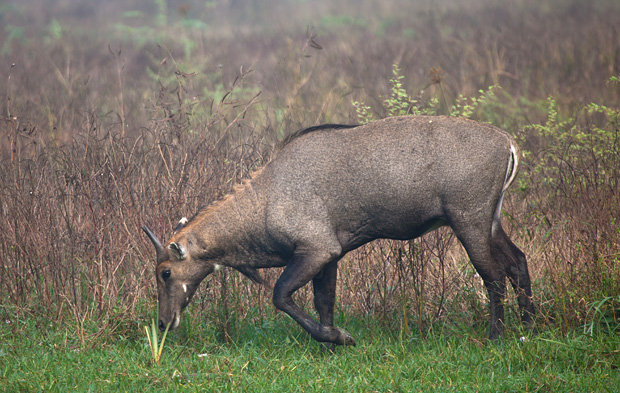
A Nilgai
The park is also home to spotted deer and blue bulls that graze happily on the lush grass at the edge of the marsh. When I was there, there was also a surprise visitor, who was about to stir up things in the jungle. A tiger had wandered into Bharatpur from Ranthambore about 200 km away. Its presence not only posed a danger to the ungulates that were once absolutely safe in the park but was giving the sanctuary management sleepless nights.
Visitors had to be restricted in areas where the tiger was spotted and were asked to leave well before dark every day. I expected tourists to flock to the park with anticipation to spot the big cat among the winged beauties but my guide Captain Singh said people were in fact afraid to venture here for fear of their lives.
While the tiger scare won’t last long, environmental issues have proved more perilous to this avian paradise—many species of migratory birds have failed to show up over the past two decades owing to successive years of drought and lack of sufficient water in the marshes. The increased demand for redirecting the waters of the dam to nearby agricultural fields is making it harder to keep the swamp filled. For instance, the Siberian cranes, once almost the migrant mascots of the park, have not visited Bharatpur in eight years.
The water shortage in Bharatpur is so acute that its World Heritage Site status is now in jeopardy. But efforts are underway to ensure availability of more water in the park. Provisions have been made to fill sections of the marsh using water drawn from tube wells, but it is barely sufficient to save the aquatic flora and fauna. A new canal built to link a nearby reservoir has helped in bringing more water since 2007, but still doesn’t assure required volumes. On the brighter side, the planning commission has approved a proposal for pumping excess waters of Chambal River to the national park. If the project sees light, it can once again ensure that the avian haven of Bharatpur remains a sought after place for the beautiful winged visitors. The sanctuary’s future and sustenance lies in the hands of local people to aid in conservation, state government’s efforts to keep the swamp watered and finally, the will of the weather Gods.
About Keoladeo National Park, Bharatpur
Keoladeo National Park is a small marshland with a very high density of bird population. A large number of winter migrants arrive in the park in the years when there is sufficient water in the marshes. Small roads cut across the marshland, allowing visitors to get a good look at the birds. Access to the park is by foot, cycle rickshaws and bicycles. Cycle Rickshaws and bird guides can be hired at the park entrance on hourly rates. It is recommended to use the services of guides as they are well informed and can show you some birds that you may not easily find yourself. Bicycles are a good way to traverse the park and are available on rent.
The park is just outside the town of Bharatpur, which is an hour’s drive from Agra on the Agra-Jaipur road. It is about five hours by road from Delhi. If you are arriving at Bharatpur from Delhi, the best mode of transport is to use the train (3.5 hours). Buses plying between Bharatpur and Delhi are not exactly in great condition and take anywhere between five to seven hours depending on the traffic.
Many hotels are located on the road just outside the park. Accommodation is usually easy to find except in a couple of popular hotels.
Links
1. Wiki
2. Comprehensive list of birds
